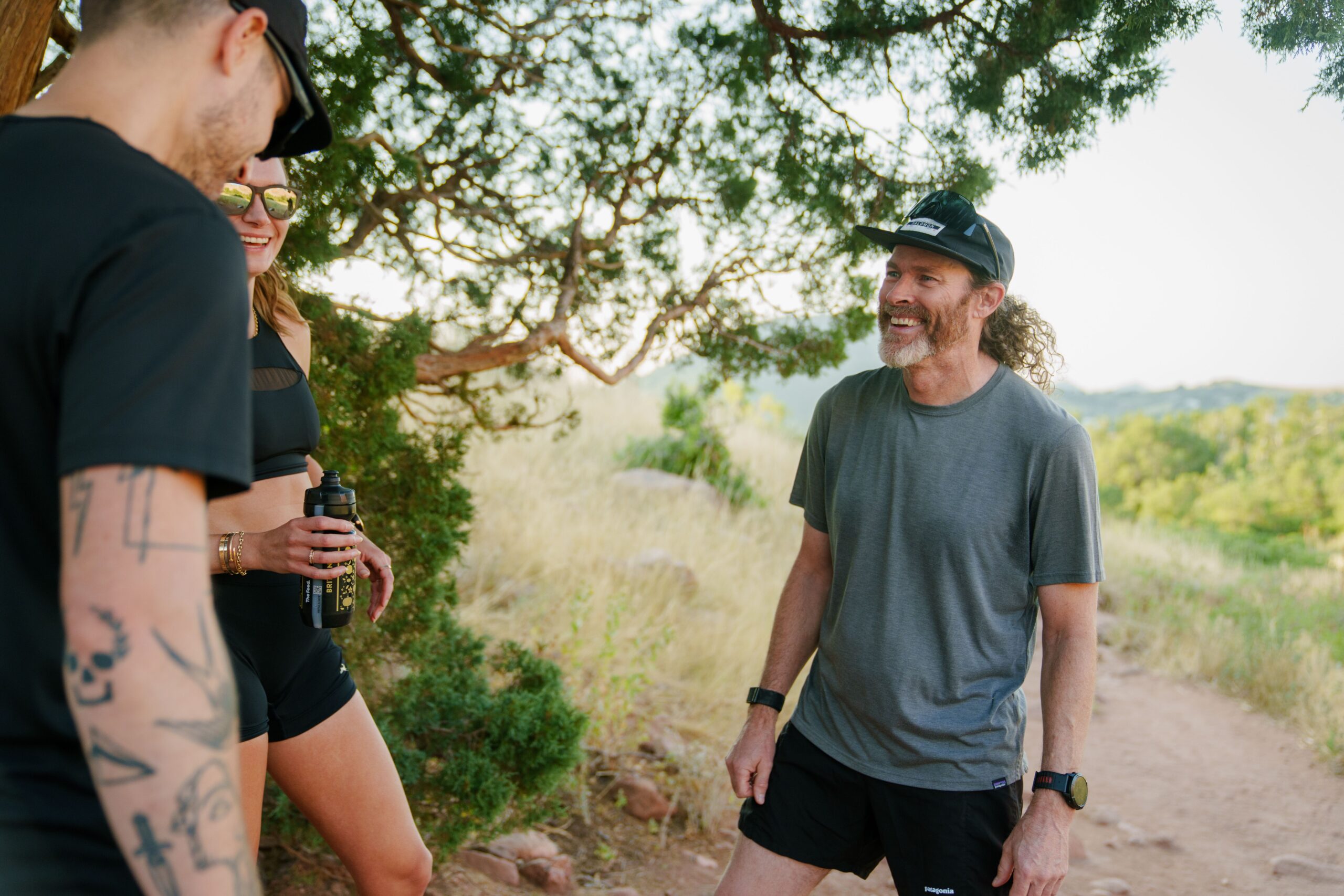It’s that time of year when coaches open up their athletes’ calendars to add their next training block and realize they don’t have any more events planned. Racing season is coming to a close, and the offseason is finally here.
Most coaches’ question is how they can best use this time for the benefit of their athletes, business, and their personal life. The answer is investing your time wisely.
Invest in Your Athletes With a Season Review and Goal Setting
Start with your athletes. Their last race is an opportunity, not an ending.
First, schedule a time to meet with them and review their season. Your review should have two parts: their review and yours. In general, identify what went well and what didn’t. Though hard, take this chance to ask for direct feedback on how you could improve as a coach. In the discussion, keep detailed notes that you can use to improve their training and your coaching in the future.
Before you end the discussion, finish the meeting by asking the athlete what their goals are next year. Crucially, use that opportunity to discuss the importance of time off and the importance of year-round structured training to continue improving year after year.
Ideally, finish the conversation by setting expectations on when they’ll return to structured training and what they should do in the early offseason to start next season on the right foot.
For example, imagine you’re a cycling coach. Directing your athletes to get a bike fit, movement analysis, blood work, and baseline testing to ensure they start their next season in an optimal position on the bike, doing exercises that address any movement limitations or weaknesses, have a snapshot of their bloodwork to identify any anomalies from year to year, and their zones set correctly so they’re training at the right intensity.
Evaluate Your Business Needs
Once your athletes are taken care of, invest in your coaching business.
When you’re in season, you don’t have the time to overhaul your coaching systems, further your education, develop new marketing content, create new products and services, or streamline finances. You’re too busy coaching.
When your athletes aren’t competing, you finally have a chance to evaluate, refine, and improve all aspects of your business for a few months before coaching demands return in earnest for the next season.
Streamline Planning, Tracking, and Payments
Start by evaluating your coaching system and look for ways to make it more efficient:
- Review your workouts to ensure they use the structured workout builder and the written description is easy to follow. This will decrease unnecessary workout execution questions and athlete frustration.
- Leverage training plans to construct common blocks of training that you can apply to athletes instead of building individually.
- Create Notes folders in your workout libraries that address common questions about using devices, nutrition, hydration, and rest, which will add depth and clarity to your athletes’ training plans.
- Customize your TrainingPeaks calendar and workout cards so you only see the data you need to make the majority of your coaching decisions.
- Evaluate your dashboard charts. Organize and customize them to quickly and easily see your athletes’ overall fitness trends.
- Annoyed by having to chase down your athletes for their monthly payment? TrainingPeaks Payments allows you to take recurring payments from your athletes, pain-free.
Grow Your Knowledge Base With Education Courses and Accreditation Programs
Next, invest in your coaching education. In practice, educational opportunities are endless because coaching well requires physiological, psychological and social knowledge. The more you know, the more you can help your athletes.
- It’s a simple fact: The most successful TrainingPeaks Coaches are accredited. The TrainingPeaks Accreditation Program was created to arm you with the knowledge to become a master user of your TrainingPeaks Coach Edition account and understand the fundamentals of sport psychology, exercise science and business administration. TrainingPeaks Accredited coaches appear higher in our Coach Directory search results, receive exclusive partner discounts and Level 2 coaches become eligible to apply for our Coach Match Program. Gain more exposure and credibility for your coaching business by getting Level 1 and Level 2 accredited.
- In addition to Accreditation, there’s a wealth of online courses you can take in TrainingPeaks University. Some of our favorites for this time of year include:
- Look into nutritional certifications, bike fitting, technique instruction, etc.
- Learn a different sport, ideally in an opposite season, to expand which athletes you can coach.
- Stay current with NGB certifications.
Brainstorm Marketing Campaigns and Content Plans
Finally, remember that you will struggle to get new athletes if you don’t have effective marketing. Get a head start on marketing by creating a marketing plan for the upcoming year.
- Take a TPU marketing course.
- Outline your marketing year just like you would a training year.
- Brainstorm potential content.
- Decide how you’ll deliver it.
Invest in Yourself
Every year, coaches tell athletes to take a complete break from training to allow their bodies to shed long-term fatigue from a long season of training and racing. It’s seldom popular with an athlete, but it is necessary for optimal long-term development.
As a coach, you’re no different than your athletes. You need a break, too. Coaching is a full-time job, but unlike many other professions, coaching requires sustained emotional and mental bandwidth because you’re working with people. Optimal coaching is far more than adding workouts in the correct order in a TrainingPeaks calendar; it requires lots of athlete communication, understanding how they tick, and demonstrating that you care about their success.
That’s exhausting. At some point, you need to take a break from responding to messages and hopping on calls. Allow yourself the opportunity to completely unplug from other people’s needs. A week on the beach with your phone off can do wonders, and there’s no better time to do it than when your athletes aren’t training.










